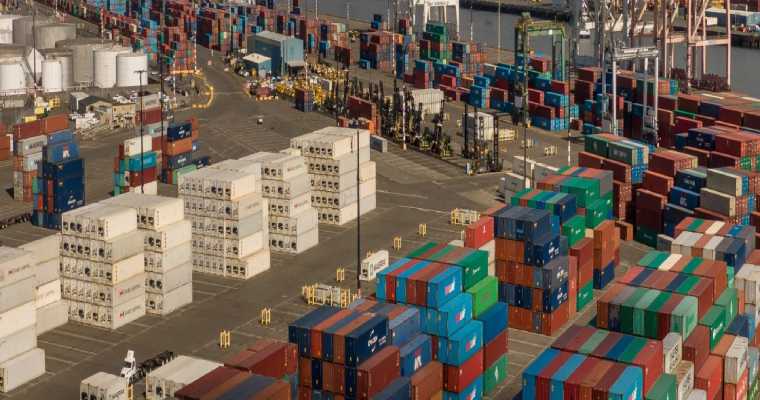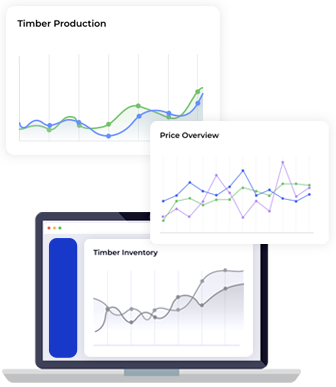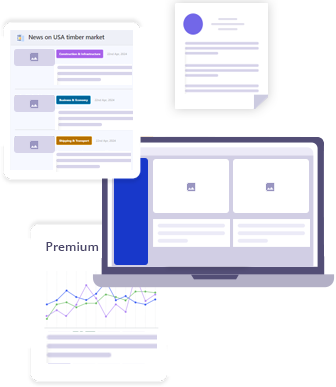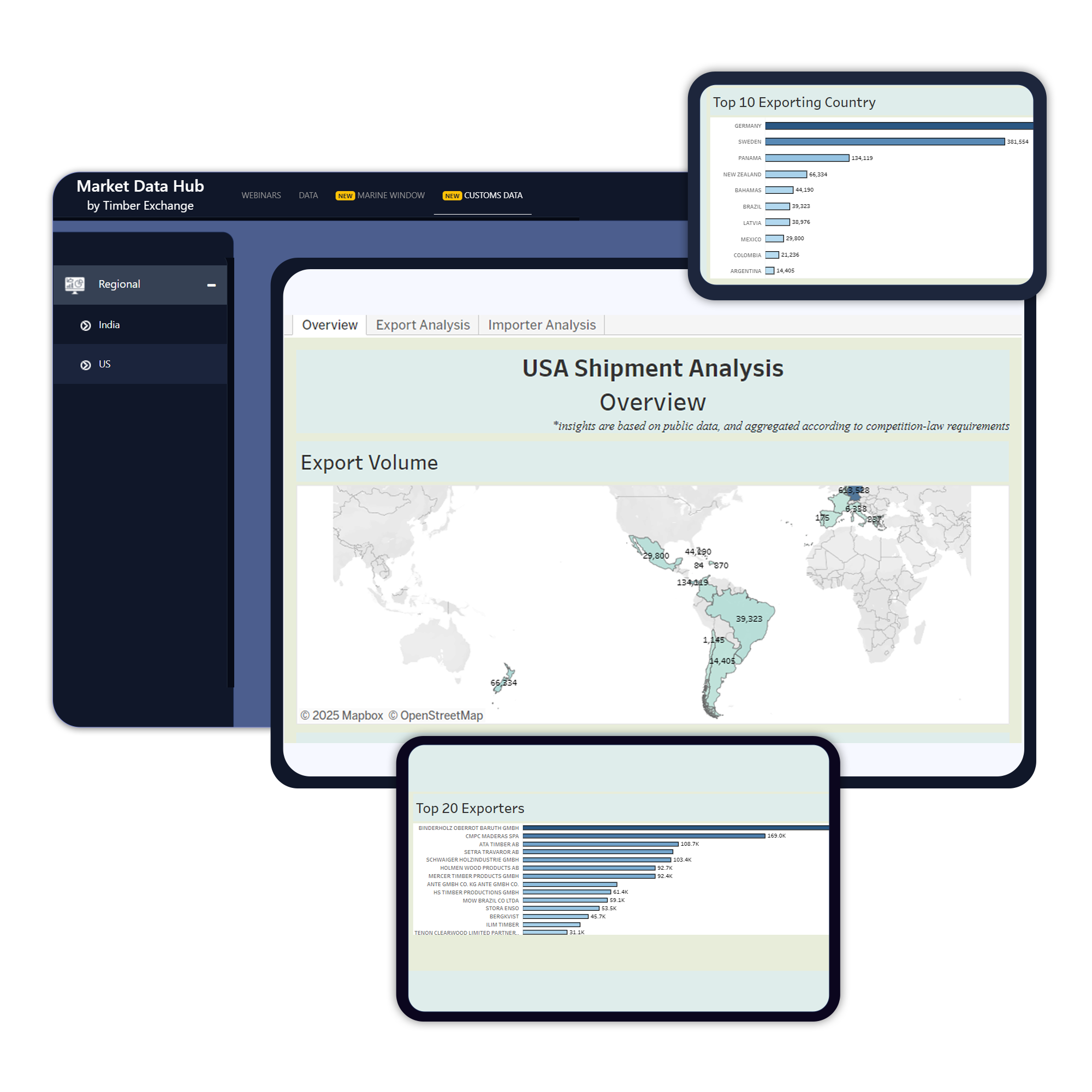
White House tariff decision puts global liner shipping on edge
Posted on July 4, 2025 |
Tariffs are back in focus, with the White House deadline for paused reciprocal tariffs set to expire on July 9.
The Biden administration aims to finalize negotiations with its top 10 trade partners shortly after July 4, with tariff levels for other countries possibly being set unilaterally.
Former President Donald Trump stated that Vietnam’s tariff on US goods will be cut to 0%, while the US will impose a 20% tariff on Vietnamese exports (down from 46%).
Additionally, a 40% tariff will target transshipped goods, especially from China via Vietnam, to crack down on origin masking.
The Vietnam agreement is reportedly in place, though not officially confirmed by the White House.
According to Maersk, the current average tariff on US imports is about 21% per container, down from a 54% peak in April.
Clarksons Research reports that global container volumes rose 4% YoY in H1, but warns that frontloading and tariff pauses make the H2 outlook uncertain, especially for transpacific and auto trades.
The shipping industry is closely watching how new tariff structures will reshape trade routes and container flows in the second half of 2025.





